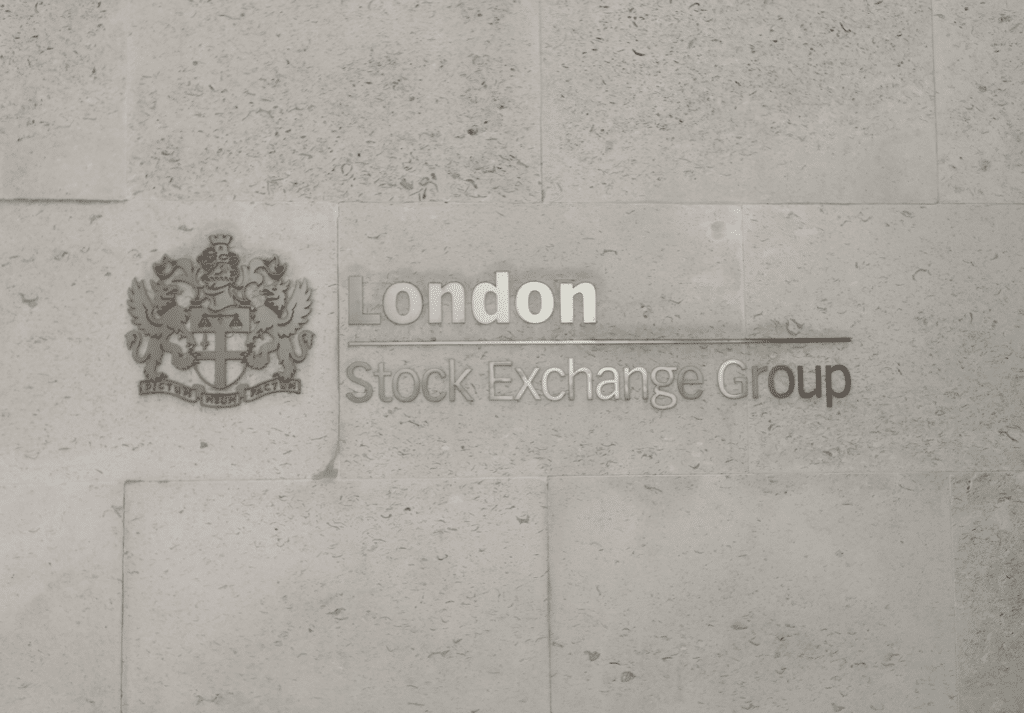China issued $17.7 billion in green bonds for the January 1 to March 31 period, topping each of the quarters since Q3 in 2019 when the total volume of issued-bonds reached $18.7 billion. The enduring rise in such fixed-income instruments, which are designed specifically to support climate-related or environmental projects, is prompting “some analysts to predict this year’s volume may beat the 2019 record” of $32.9 billion green bonds, “as the nation pushes ahead with its emission reduction plans,” S&P Global reports, and may even double in 2021 as a growing number of companies show an interest in green bonds.
While China’s issuance of green bonds is on the up, S&P’s Jiayue Huan, Yuzo Yamaguchi, and Rehan Ahmad note that “almost half of the volume in the first quarter was of bonds that only met local definitions, such as allocating up to 50 percent of proceeds to general corporate purposes instead of designated green assets.” Excluding these “so-called nonaligned bonds,” they state that China was, nonetheless, “the world’s third-largest issuer of green bonds in the first quarter [of 2021] after the U.S. and France,” based on data from U.K.-based global green bond tracker Climate Bonds Initiative.
The development of green bonds in China has “blossomed largely thanks to [the nation’s] recovery from the coronavirus,” Nathan Chow, strategist at DBS, told Reuters in April, pointing also to the fact that “the Chinese government is going all out to develop this market this year.” Such demand comes amid a larger adoption of green finance and securities, as “conscious retail investors look to invest in sustainable investments, increasingly demanding such products from their brokers,” says Hogan Lovell’s Ariane Mehrshahi Marks. At the same time, she previously noted that “institutional investors are using green bonds to satisfy Environment, Social and Governance requirements, something that had been difficult to address with more traditional financial instruments in the pre-green bond era.”
As a result, “green bond issuances have attracted new types of investors,” and are expected to continue to do so, thereby, “providing a potential audience for future issuances.”
Sustainability-Linked Bonds Grow, Too
Green bonds remain “the biggest class of ESG-linked finance,” according to the Climate Bonds Initiative, with more than $1 trillion outstanding as of January 2021. However, activity in the separate – but related – sustainability-linked bond market is growing, as well, and expected to surpass $200 billion by the end of the year. (Total sustainability-linked debt issuance exceeded $130 billion in 2020, according to Bloomberg, up nearly 300 percent from 2018.) Distinct from green bonds, the funds from which can only be used for projects with a direct environmental impact, financing that comes by way of sustainability-linked bonds “is unrestricted,” per Bloomberg, meaning it is “usable for anything, including everyday operations.”
Known for aligning the cost of borrowing with a borrower’s performance measured against prescribed sustainability performance targets, and given the increased flexibility that comes with sustainability-linked bonds, these types of instruments are proving compelling for fashion industry entities. Prada, for instance, became the first big-name luxury brand to link its eco efforts to five-year 50 million-euro ($55 million) loan from Crédit Agricole Group back in November 2019. Since then, Burberry announced in September 2020 that in furtherance of its “longstanding commitment to sustainability and dedication to using its position and influence to drive social and environmental improvements,” it would offer up a £300 million ($385 million) sterling sustainability bond with sustainability strings attached. Due in September 2025, the bond is subject to targets set out in the brand’s Sustainability Bond Framework.
Also in September 2020, Chanel revealed that it was offering a 600 million euro ($699 million) bond, which links the corporate debt to specific carbon reduction targets set out by the brand. The Chanel bond pulls in commitments made by the 112-year old brand in furtherance of the climate report that it published in March. In the report, entitled, Chanel Mission 1.5°, Chanel outlines its “commitment to tackle climate change in line with the targets of the 2015 Paris Climate Agreement, namely, “decreasing Chanel’s own (scope 1 and 2) emissions by 50 percent by 2030; decreasing [its] supply chain (scope 3) absolute greenhouse gas emissions by 10 percent by 2030, and shifting to 100 percent renewable electricity in Chanel operations by 2025.”
As for the structure of the bond, it is comprised of two different segments – a five-year tranche that Chanel will have to repay at a heightened 100.5 percent of face value on maturity in July 2026 if “the company is not wholly reliant by then on renewable electricity,” Bloomberg reported at the time, and a 10-year tranche, which “will cash out at 100.75 percent” premium in July 2031 if Chanel falls short on its specified greenhouse gas emission targets. Shortly after the issuance, Chanel asserted that the sustainability-linked bonds were “well received by the market” and in fact, “were oversubscribed.”
Much like in the case of green bonds, S&P asserts that sustainability-linked instruments will further “broaden the universe of issuers who can obtain sustainable financing to those who may not have sufficient capital expenditures connected to sustainability projects, are at the beginning of their sustainability journeys, and/or are in transition and hard-to-abate sectors,” but the publication’s Lori Shapiro cautions that there is a “need for transparency and effective sustainability-related disclosure practices” in order to avoid widespread “ESG-washing.”














